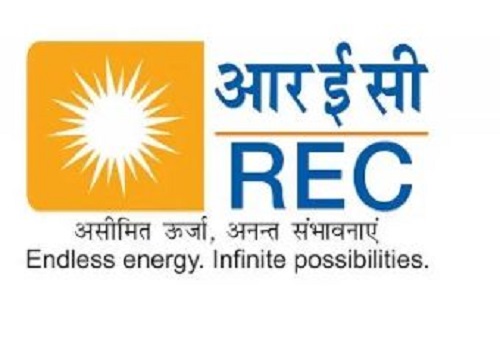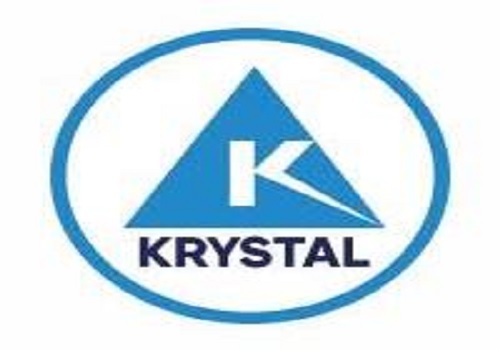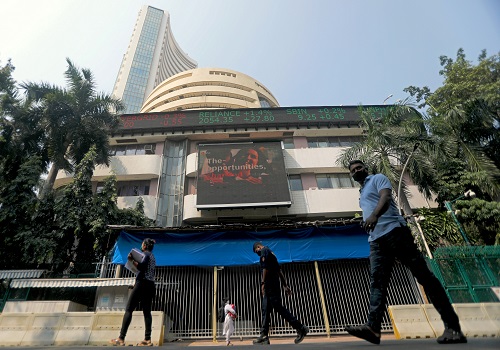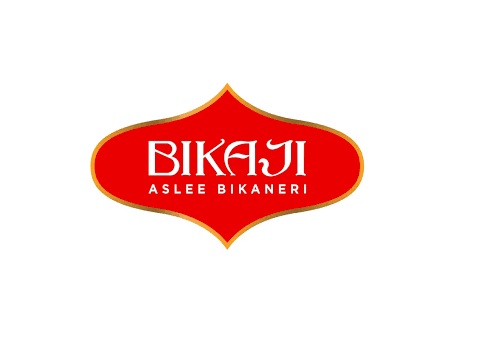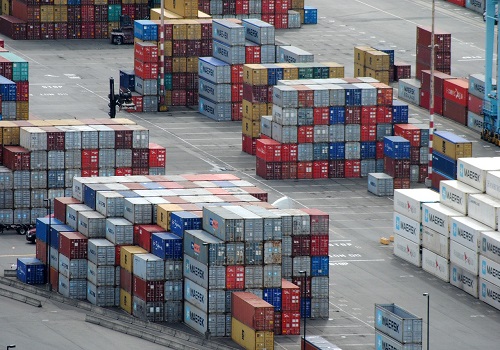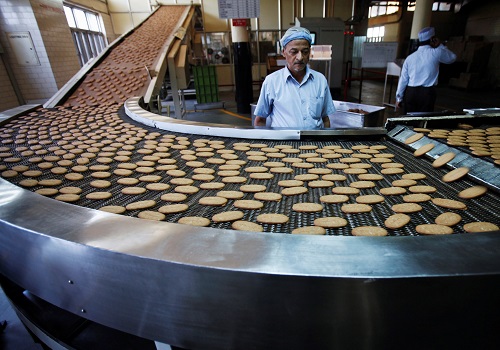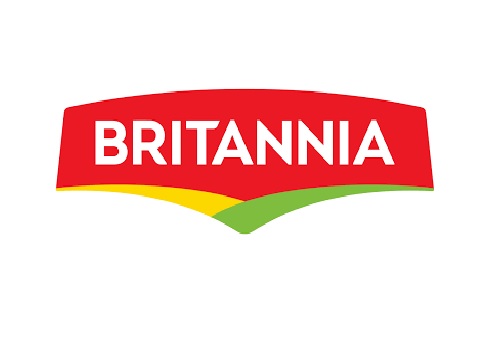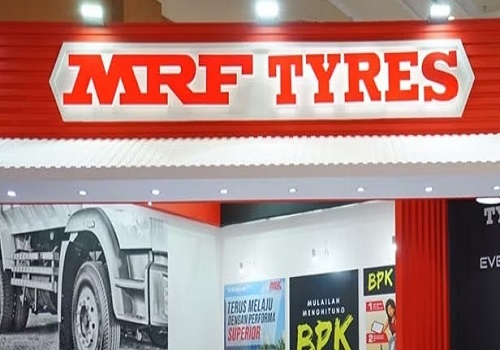Nestle`s India business beats profit estimates on higher prices, demand
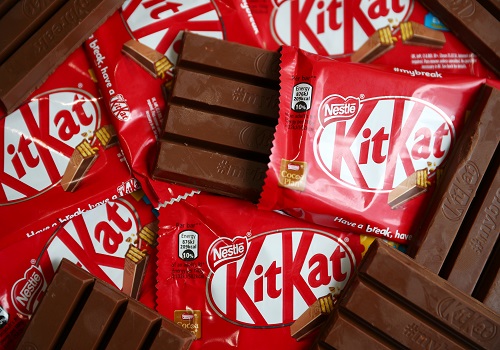
Nestle India reported second-quarter earnings above estimates on Thursday, benefiting from price increases and demand for its chocolates and packaged foods, including Maggi noodles.
The KitKat chocolate maker's profit increased to 6.98 billion rupees ($85.12 million) for the quarter ended June 30 from 5.10 billion rupees a year earlier, it said in an exchange filing.
Analysts, on average, were expecting a profit of 6.69 billion rupees, according to IBES data from Refinitiv.
Demand for affordable pick-me-ups like chocolates and biscuits has largely held up even as consumer packaged goods makers raised prices of everything from coffee to instant noodles to protect their earnings margins in the face of higher commodity prices.
Nestle's revenue from operations climbed 15% to 46.59 billion rupees, with its prepared dishes and cooking aids segment - which houses its Maggi brand - as well as confectionary business reporting double-digit growth.
"This is the fifth quarter in a row of double-digit growth across all product groups," said Managing Director Suresh Narayanan in a statement.
The chocolate maker's peers like Dove-soapmaker Hindustan Unilever and Tetley tea-seller Tata Consumer Products, however, have reported smaller-than-expected profits.
Nestle India further said prices of commodities like edible oils, wheat and packaging materials have eased, while milk prices have stabilised.
While the easing could give consumer goods sellers a much-needed respite, higher prices of essentials, including tomatoes, could put a dent in the recovery of sales, especially in the worst-affected hinterlands.
Shares were largely flat after the results. As of last close, they had gained 16% this year, underperforming a 20% jump in the NIFTY FMCG index.
Meanwhile, its parent Nestle improved its full-year organic sales outlook and reported better-than-expected first-half organic sales as the world's biggest packaged food company again raised prices to cope with higher input costs
